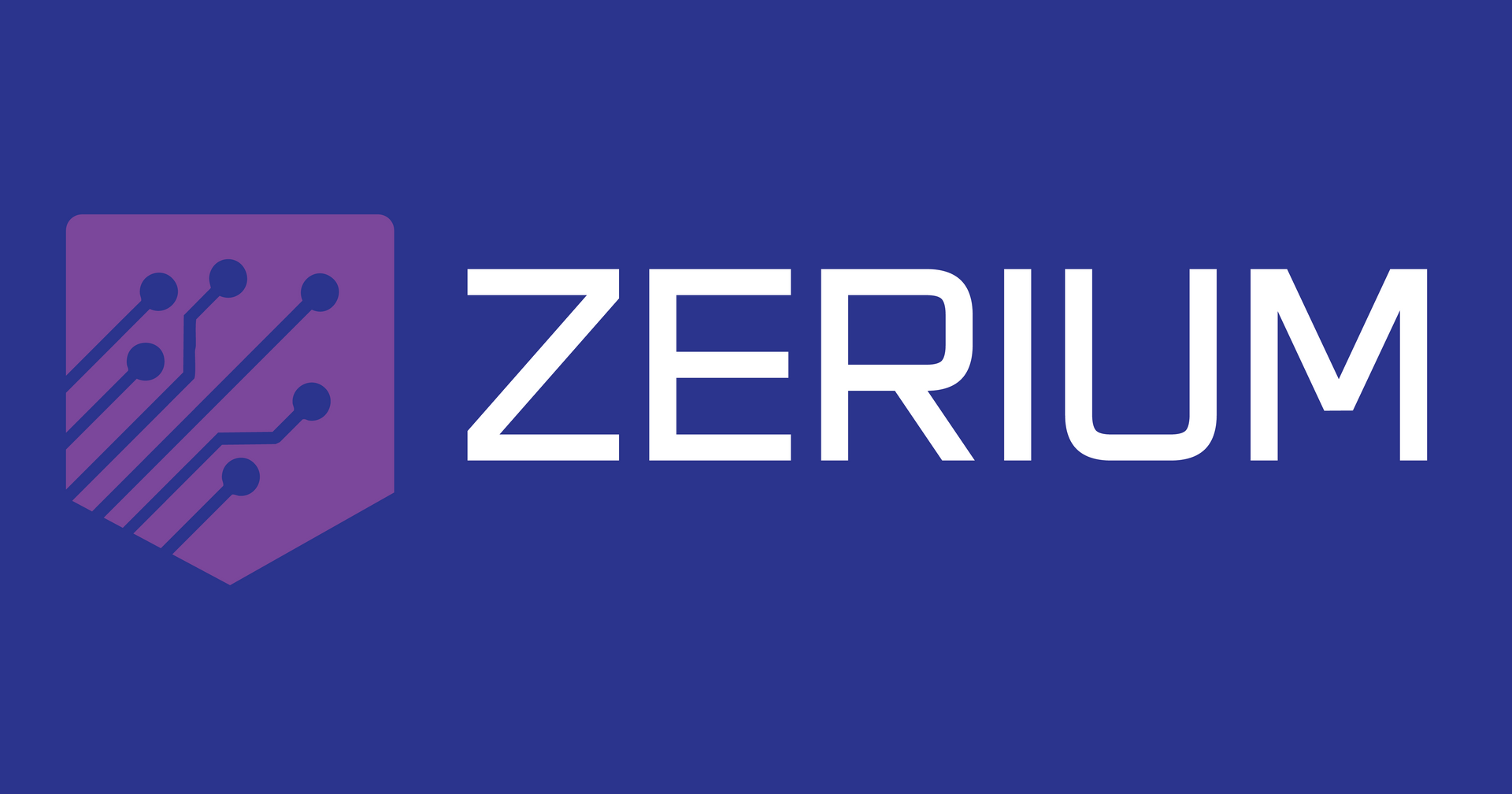The financial sector is a prime target for cybercriminals, with banks and financial institutions under constant pressure to safeguard sensitive data, ensure uptime, and remain compliant with stringent regulatory frameworks. In response, many organisations have heavily invested in software-based security measures—SIEM platforms, endpoint detection, firewalls, and identity access controls.
Yet one of the most critical layers of security remains largely unaddressed: the physical hardware layer.
Despite airtight digital defences, attackers often gain entry by exploiting a blind spot—physical devices connected to corporate networks that go undetected or unverified. From spoofed USB devices to personal laptops and unauthorised peripherals, these rogue endpoints are difficult to detect and even harder to manage using traditional security tools. And in fast-paced financial environments, where staff and contractors frequently connect new devices, this risk is both constant and largely invisible.
The Risk Beneath the Surface
Across trading floors, customer service centres, data centres, and remote branches, a wide variety of devices are connected and disconnected every day. These range from keyboards, mice, and scanners to external drives and diagnostic tools. The problem arises when devices are unknown, unmanaged, or maliciously altered—bypassing digital security protocols by entering through the very ports trusted by IT systems.
Traditional security tools often rely on software identifiers like IP addresses or MAC addresses, which are easily spoofed. Worse, many assume that connected devices are trustworthy simply because they’re plugged in. This is a dangerous assumption in a sector where data integrity and system availability are non-negotiable.
Sepio: Gaining Visibility Where It Matters Most
Sepio’s Asset Risk Management (ARM) platform changes the game by offering a fundamentally different approach. Rather than relying on declared software identities, Sepio identifies and classifies connected hardware based on its physical-layer characteristics—known as Asset DNA. This allows financial institutions to detect and profile every device connected to their infrastructure, even those that appear identical on the surface.
This level of visibility makes it possible to immediately distinguish between authorised devices and rogue or spoofed ones. More importantly, it enables real-time control. Unrecognised or high-risk hardware can be automatically blocked, quarantined, or flagged for investigation—before it poses a threat.
Sepio’s agentless and passive architecture means there’s no interruption to business operations, no performance impact, and no need to install software on endpoints. It’s a seamless layer of security that operates beneath existing tools, complementing rather than complicating your tech stack.
Strengthening Compliance and Building Resilience
With constantly evolving regulations such as PCI-DSS, GDPR, and guidance from the Financial Conduct Authority (FCA) and Prudential Regulation Authority (PRA), compliance is an ongoing concern for financial organisations. One of the key challenges lies in demonstrating asset control and access management—especially at the hardware level.
Sepio helps solve this by delivering a continuously updated, auditable inventory of all connected devices. Security teams gain a reliable, centralised view of every endpoint, making it easier to enforce policy and generate accurate reports for auditors and regulators. Whether you're aligning to NIST, CIS Controls, or zero-trust frameworks, Sepio’s forensic-level visibility helps close compliance gaps and prove your security maturity.
Real-World Impact in Financial Settings
In a retail banking branch, Sepio can detect if a rogue USB has been inserted into a teller workstation. On a trading floor, it ensures that only authorised keyboards and headsets connect to sensitive terminals. In a contact centre, it helps prevent the use of personal devices that could compromise customer data. And in central IT environments, it provides peace of mind that no unvetted or spoofed hardware is quietly bypassing your controls.
Even contractor access—often a weak point in hardware security—is made manageable, with instant detection of unauthorised tools and immediate enforcement of access policy.
Why Sepio is Built for Finance
In financial environments where every second counts and every risk is amplified, Sepio provides a foundation of trust at the most granular level: the physical connection. It delivers what traditional tools can’t—real-time, actionable visibility of every device that plugs in, regardless of who brought it or what it claims to be.
By detecting what others miss, enforcing trust without disruption, and integrating with your existing systems, Sepio empowers financial institutions to take control of an overlooked but highly critical threat vector.
Start Securing What You Can’t See
The physical layer is no longer a safe assumption—it’s a risk. But with Sepio, it becomes a defensible, transparent, and tightly controlled part of your cybersecurity strategy.
To learn more about how Sepio can help your organisation reduce hardware-based risk and strengthen compliance in real time, contact us today at info@zerium.co.uk or call +44 (0)20 8191 2191 to arrange a consultation or demo.






















